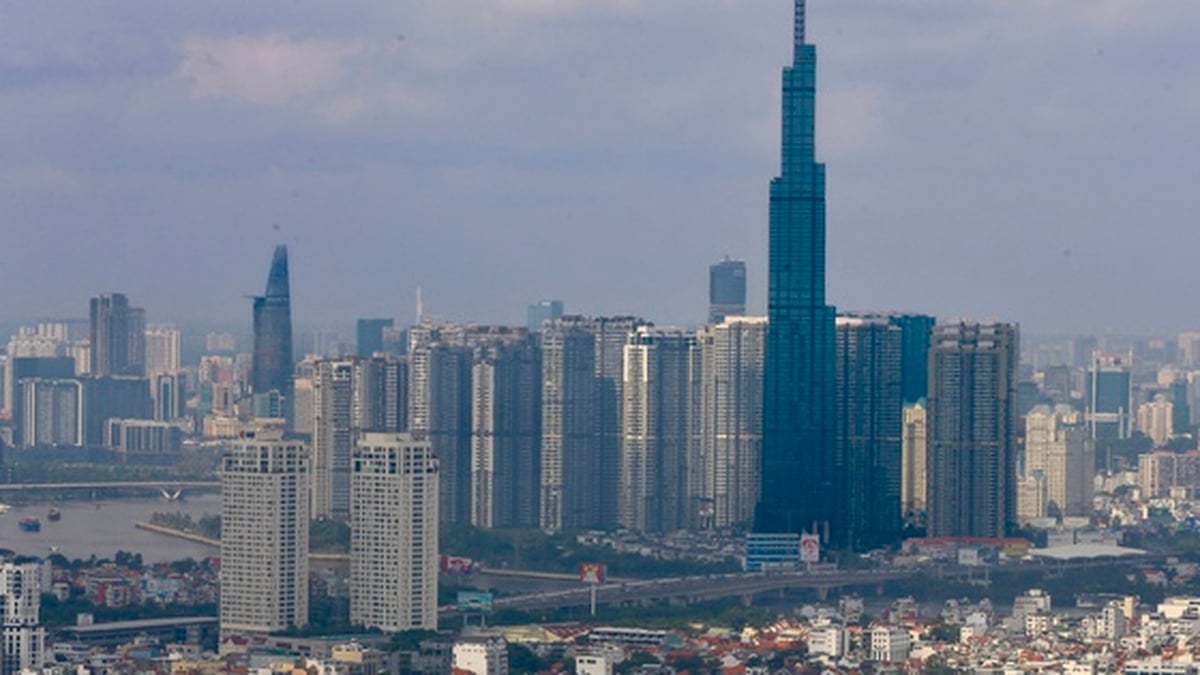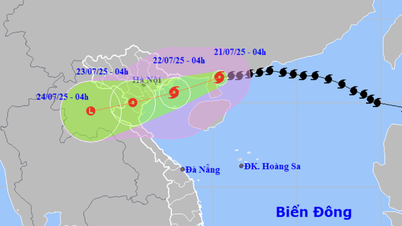The information was announced by a representative of the National Center for Hydro-Meteorological Forecasting at the Workshop on the hydro-meteorological situation in 2024 on the afternoon of January 26.
The meteorological agency said the widespread cold spell currently affecting the North and North Central regions is likely to last until around January 28. Temperatures will increase slightly in the coming days.
Before Tet, from January 29 to February 5 (December 19 to 26), the temperature across the country tends to be higher than the average of many years.
There is no strong cold front at this time. In the North, it is cloudy, foggy and light fog in the early morning, and sunny in the afternoon. It is cold.
During the period before and during Tet, from February 6-12 (ie December 27 to the third day of Tet), the temperature will be approximately the same as the same period of previous years. In particular, the North is likely to have cold air, but the intensity will not be as strong as the current period.
Therefore, experts say that during this year's Lunar New Year, the North is likely to be cold but there is little risk of severe cold. In the Central region, rain may appear mainly in the North Central and Central Central regions, but not too much.
In the South Central, Central Highlands and Southern regions, the weather during Tet is generally less rainy and sunny. In the Southeast region, there is localized heat.

People shop for Tet on Hang Ma Street, Hanoi (Photo: Manh Quan).
Commenting further, Mr. Hoang Phuc Lam, Deputy Director of the National Center for Hydro-Meteorological Forecasting, said that after the current strong cold spell, the severe cold spells in the next two months will be lower than the average of many years.
However, experts recommend being cautious of cold spells in February that could cause widespread cold and the risk of ice and snow in the mountainous areas of the North.
At the same time, light rain and drizzle in the North in the winter-spring season of 2023-2024 will appear more frequently than the average of many years.
Commenting on weather trends in 2024, the General Department of Hydrometeorology said that the El Nino phenomenon (warm phase) will continue until April with a probability of over 90%.
El Nino then weakens and has about a 60% chance of transitioning to a neutral phase in May-July and about a 50-60% chance of transitioning to La Nina by the end of the year.
With this development, storms and tropical depressions are more likely to form in the East Sea. Heat waves in the South, the Northwest region, the North and the Central regions may also come earlier and appear more frequently.
People are on guard against the risk of water shortages in the first half of the year in the Northern, Central, Central Highlands and Southern regions.
It is estimated that saline intrusion in the dry season of 2023-2024 will be higher than the average of many years but not as severe as in 2015-2016 and 2019-2020. The highest saline intrusions in the Mekong Delta are likely to be concentrated in February and March, especially on February 8-13, February 22-27, March 18-25...
Source





























![[Photo] National Assembly Chairman Tran Thanh Man visits Vietnamese Heroic Mother Ta Thi Tran](https://vphoto.vietnam.vn/thumb/1200x675/vietnam/resource/IMAGE/2025/7/20/765c0bd057dd44ad83ab89fe0255b783)



































































Comment (0)